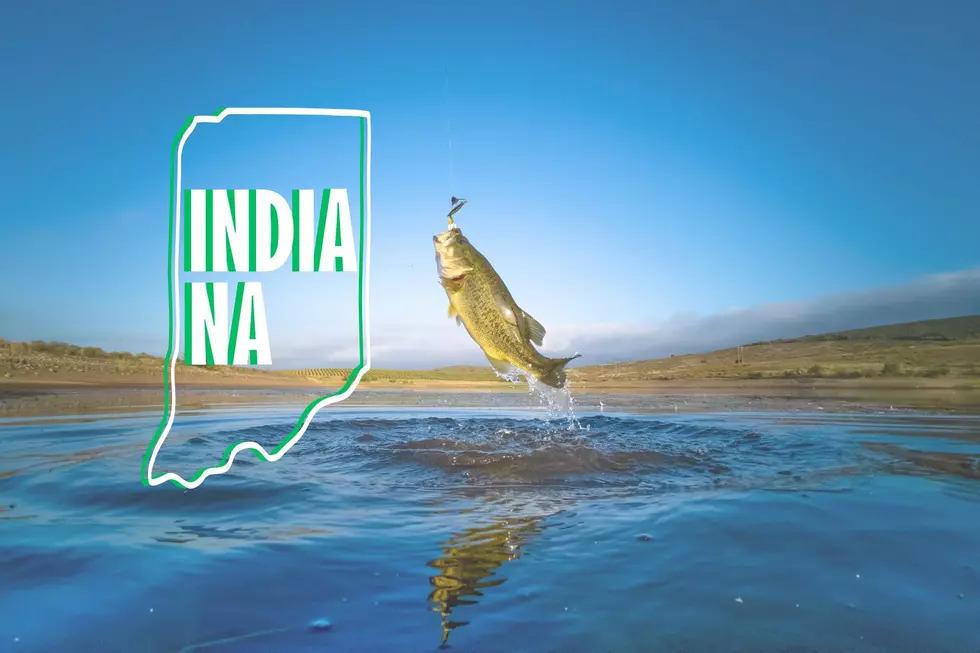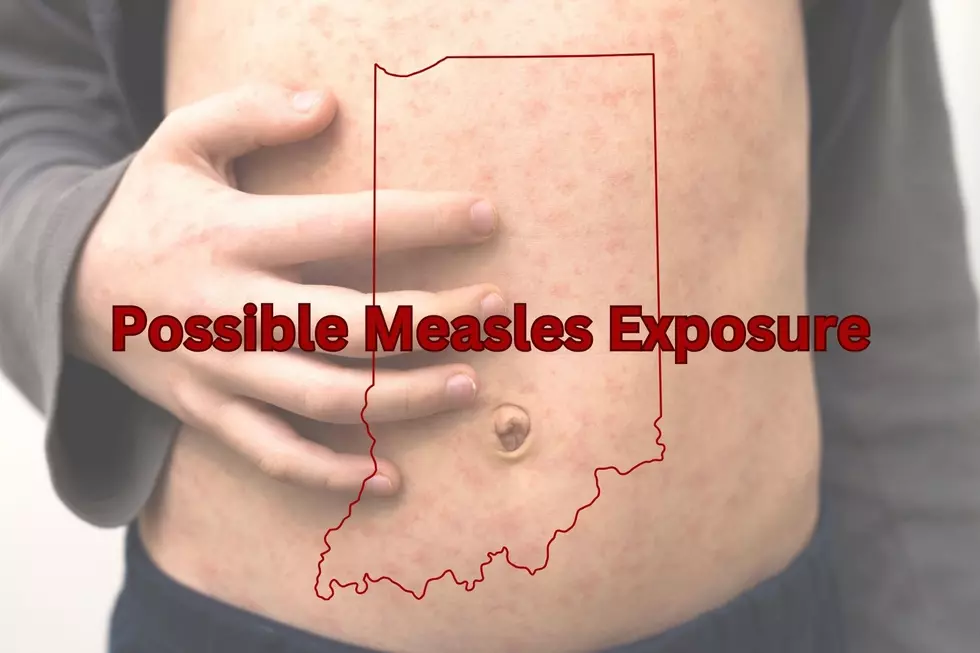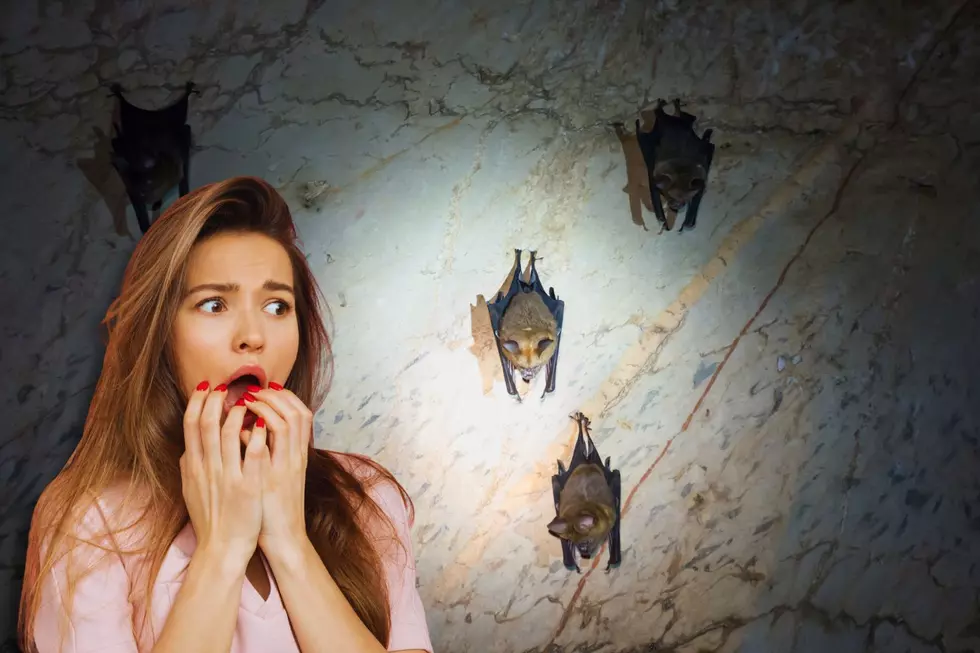
You Will Soon Be Seeing Yellow Metal Gates Closing Roads at Wesselman Woods, But Why?
It turns out, the answer has to do with salamanders!

Wesselman Woods
Wesselman Woods is truly a gem to have located in the middle of Evansville. As the city seems to continue to grow (which we love to see), it's nice to get to have a place in the heart of the city like Wesselman Woods, where we can go to take a minute to pause and reconnect with nature.
Why Did the Salamander Cross the Road?
While it certainly sounds like the start of a bad joke, the truth is in the area where Wesselman Woods sits there are a ton of salamanders, and during breeding season they really do like to cross the road. Around this time of year, salamanders emerge from hibernation and after hibernating during the cold winter months they are ready to uh "warm-up" if you catch my drift.
However, to get to the area where the salamanders breed, they have to cross a road in Wesselman Park that can be extremely dangerous. So starting on February 15th Wesselman Woods will be closing parts of the road at night to protect the salamanders.
In a post to Facebook Wesselman Woods had to say about the road closures:
Salamander season is right around the corner! Beginning February 15, you'll start to see the yellow metal gates in Wesselman Park closed from dusk to dawn. These road closures from February to April facilitate the safe crossing of our amphibian friends who are searching for vernal pools during mating season.Gates will close at 4 PM and reopen at 6 AM Monday through Friday. On Saturday and Sunday, expect closures from 4 PM to 9 AM.
So mind the barricades, and help our little salamander friends cross the road safely.
LOOK: Stunning animal photos from around the world
More From WGBF-FM









